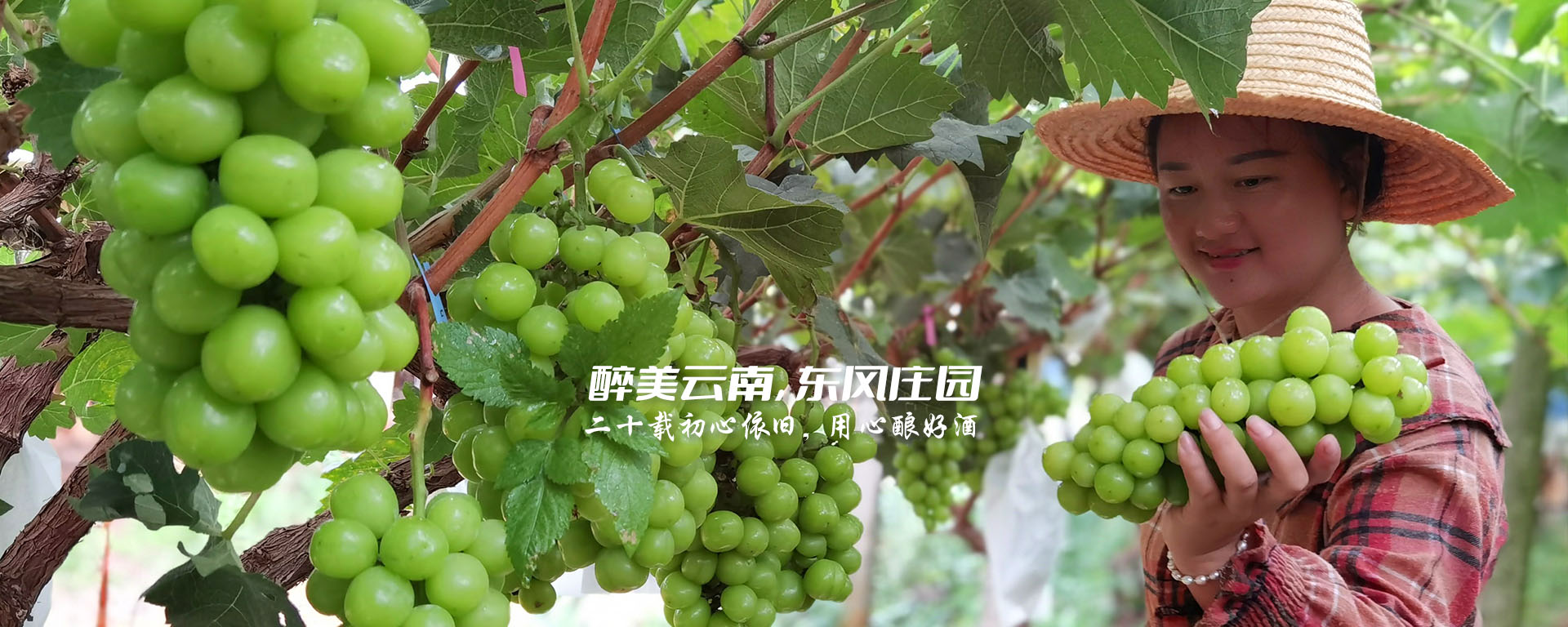
Exploring the Art and Business of Wine Production in Global Markets
2023-10-09Wine has been an integral part of human civilization for centuries, with its production and consumption evolving over time. Understanding the intricacies of wine production and its global markets can be a fascinating journey that unveils the art, science, and business behind this beloved beverage.
Wine production starts with the cultivation of grapes, which are carefully selected based on their variety, quality, and suitability for the desired style of wine. The cultivation of grapes, known as viticulture, is influenced by various factors such as climate, soil composition, and vineyard management practices. Different grape varieties thrive in different regions, contributing to the diversity of wines produced worldwide.
Once the grapes are harvested, they undergo a series of processes that transform them into wine. The first step is crushing, where the grapes are gently pressed to release their juice. For white wines, the juice is typically separated from the grape skins and seeds, whereas for red wines, the juice is fermented together with the skins and seeds to extract color, tannins, and flavor compounds.
After crushing, the juice undergoes fermentation, where yeast converts the sugars present in the juice into alcohol. This process can take anywhere from a few days to several weeks, depending on the desired style of wine. The temperature and duration of fermentation play a crucial role in shaping the wine's aroma, texture, and overall character.
Once fermentation is complete, the young wine is carefully aged and matured. This step can occur in a variety of vessels, including oak barrels, stainless steel tanks, or concrete tanks. Aging allows the wine to develop complexity, as it interacts with oxygen and absorbs flavors from the vessel. The duration and type of aging vessel are determined by the winemaker's preferences and the style of wine they aim to create.
After aging, the wine goes through clarification and stabilization processes to remove any sediment or impurities. Filtration and fining techniques are employed to achieve clarity and improve the wine's shelf life. Finally, the wine is bottled, corked, and labeled, ready to be enjoyed by consumers around the world.
The global wine market is a dynamic and ever-evolving landscape. Different countries and regions have their own unique wine traditions, producing a wide range of styles and flavors. France, Italy, Spain, and the United States are among the largest wine producers, each famous for their distinctive wine regions and grape varieties.
The demand for wine is influenced by various factors, including cultural preferences, economic conditions, and changing consumer tastes. Wine enthusiasts are becoming more adventurous and open to exploring wines from emerging regions such as Chile, Argentina, South Africa, and New Zealand. These countries have made significant strides in wine production, gaining recognition for their high-quality offerings.
Global markets play a crucial role in the wine industry, with import and export activities shaping the availability and accessibility of different wines. Trade agreements, tariffs, and regulations impact the flow of wines between countries, creating both opportunities and challenges for wine producers. Understanding market dynamics and consumer preferences in different regions is essential for wineries to succeed in the global marketplace.
In recent years, organic and sustainable wine production practices have gained momentum, driven by consumer demand for environmentally friendly products. Winemakers are adopting organic farming methods, minimizing chemical interventions, and embracing sustainable packaging solutions. This shift towards sustainability reflects the industry's commitment to preserving the environment and ensuring the long-term viability of wine production.
In conclusion, understanding wine production and global markets is a fascinating journey that encompasses the art, science, and business behind this timeless beverage. From grape cultivation to bottling, each step in the winemaking process contributes to the final product's unique character. The global wine market offers a diverse array of wines, shaped by regional traditions, consumer preferences, and market dynamics. As the industry evolves, sustainable practices are gaining prominence, ensuring a greener and more responsible future for wine production.
